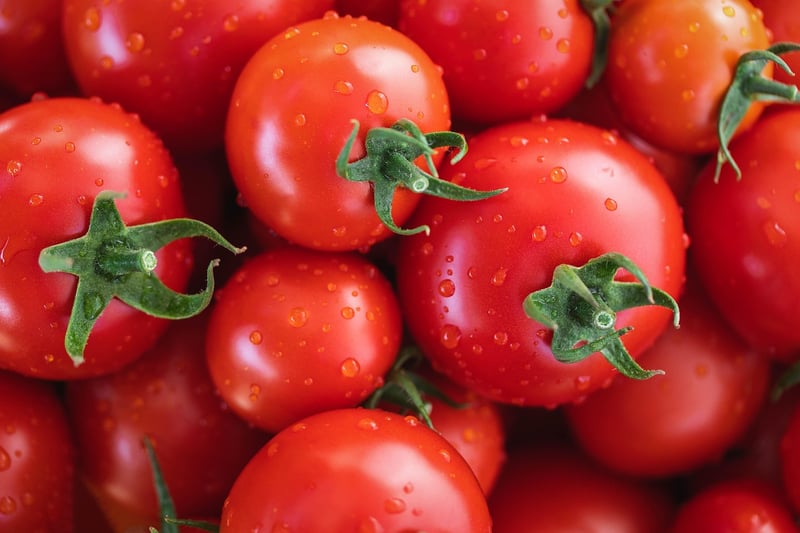Eco-friendly Fabrics
The Art of Creating Natural Dyes from Plants
Are you looking for a sustainable and eco-friendly way to add color to your fabrics? Look no further than natural dyes made from plants! Not only are these dyes gentle on the environment, but they also produce beautiful, unique hues that can't be replicated by synthetic dyes.
Why Choose Natural Dyes?
Natural dyes offer a range of benefits, from being non-toxic and biodegradable to supporting local farmers who cultivate dye plants. By opting for natural dyes, you are reducing the harmful chemicals released into the environment during the dyeing process and promoting a more sustainable approach to textile production.
Types of Plants Used for Natural Dyes
Various plants can be used to create natural dyes, each imparting a distinct color to the fabric. Some common plants used for dyeing include:
- Indigo: Produces shades of blue
- Madder Root: Creates reds and oranges
- Turmeric: Yields vibrant yellows
- Logwood: Offers deep purples
- Onion Skins: Gives warm, golden tones
How to Extract Dyes from Plants
The process of extracting dyes from plants involves simmering the plant material in water and then straining it to obtain the colored liquid. This liquid is then used to dye fabrics through methods like immersion dyeing or tie-dyeing, resulting in unique patterns and shades.
Eco-Friendly Fabrics to Dye
Pairing natural dyes with eco-friendly fabrics enhances the sustainability of your textiles. Look for fabrics like organic cotton, hemp, linen, or Tencel® that are produced using environmentally friendly practices and are biodegradable at the end of their life cycle.
Get Started with Natural Dyeing
Ready to explore the world of natural dyeing? Check out our beginner's guide to natural dyeing and start creating your own eco-friendly, plant-based colors on textiles today!

Embrace the beauty of nature's colors and make a positive impact on the planet with natural dyes from plants!
For more inspiration and tips on eco-friendly living, visit EcoWatch.
